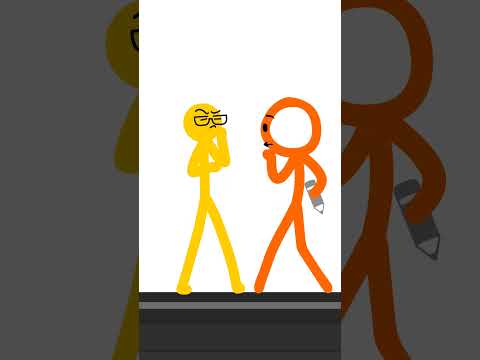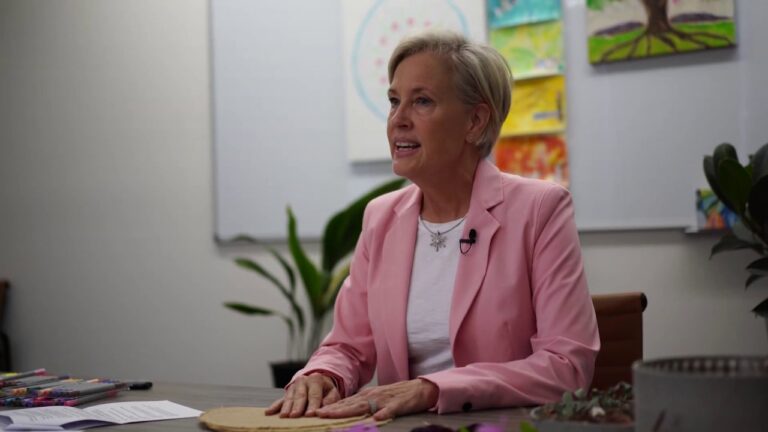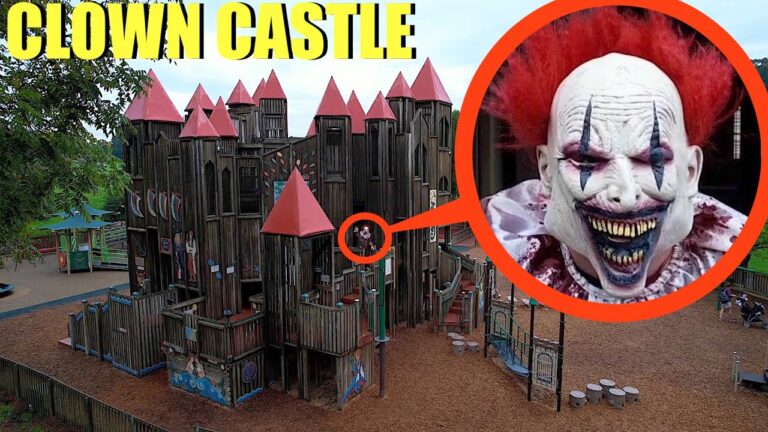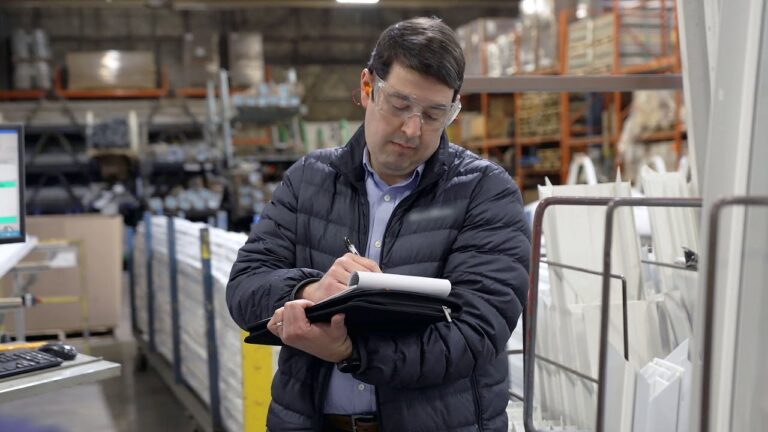High-Paying Animator Jobs: Description and Salary

Animator Job Description Template
Animator Job Description An animator is a highly skilled professional who uses their artistic and technical abilities to create moving images and visual effects for various forms of media. They work in industries such as film, television, video games, and advertising. The primary responsibility of an animator is to bring characters, objects, and scenes to life through the use of animation techniques. They use computer software and tools to design and animate characters, create backgrounds, and add special effects. Animators must have a strong understanding of storytelling and be able to convey emotions and narratives through their animations. In addition to creating animations, animators also collaborate with other members of a production team, including directors, designers, and sound engineers. They participate in brainstorming sessions, provide input on visual concepts, and ensure that their animations align with the overall vision of the project. Creativity and attention to detail are essential skills for animators. They must be able to think critically and problem solve in order to overcome technical challenges and create visually appealing animations. Additionally, time management and organizational skills are crucial in order to meet project deadlines. Overall, an animator plays a vital role in the production of animated media. They are responsible for bringing imagination to life, captivating audiences, and contributing to the success of a project.Animator Responsibilities
Animator Requirements
How Much Does A Animator Make?
Animator Salary
| Position | Salary |
|---|---|
| Junior Animator | $40,000 – $60,000 per year |
| Mid-Level Animator | $60,000 – $80,000 per year |
| Senior Animator | $80,000 – $100,000 per year |
An animator’s salary can vary depending on their experience and level of expertise. Junior animators typically earn between $40,000 and $60,000 per year, while mid-level animators can expect to earn between $60,000 and $80,000 per year. Senior animators, with more experience and advanced skills, can earn between $80,000 and $100,000 per year.
These salary ranges are just estimates and can vary based on factors such as the animator’s location, the size and reputation of the company they work for, and their portfolio and level of proficiency in various animation techniques.
It’s important to note that the animation industry is highly competitive, and salaries can also be influenced by market demand and industry trends. Therefore, animators should continuously update their skills and stay up to date with the latest industry developments to remain competitive in the job market and potentially earn higher salaries.
Animator Salaries by Country
Top Paying Countries for Animator
| Country | Average Salary (USD) |
|---|---|
| United States | 70,000 |
| Canada | 55,000 |
| Australia | 50,000 |
| United Kingdom | 45,000 |
| Germany | 40,000 |
An animator’s salary can vary greatly depending on their country of residence. According to recent data, the top paying countries for animators are the United States, Canada, Australia, United Kingdom, and Germany. Animators in the United States can expect to earn an average salary of $70,000, while those in Canada earn an average of $55,000. Australia follows closely with an average salary of $50,000, and the United Kingdom and Germany offer average salaries of $45,000 and $40,000 respectively. It’s important to note that these figures are averages and individual salaries may vary based on factors such as experience, skill level, and industry demand.
A video on the topic Animator
Video Source : Alan BeckerInterview Questions for Animator
1. What inspired you to become an animator?
I have always been fascinated by the world of animation. As a child, I was captivated by animated movies and TV shows, and I knew from a young age that I wanted to be a part of creating those magical worlds. The ability to bring characters and stories to life through animation is something that has always inspired me.
2. What kind of animation do you specialize in?
I specialize in 3D animation. I have a strong background in computer graphics and have honed my skills in various software programs such as Maya and Blender. I enjoy the challenge of creating realistic movements and expressions for characters in a virtual environment.
3. Can you describe your creative process when working on an animation project?
My creative process typically starts with understanding the project brief and the vision of the client or director. I then brainstorm ideas and sketch out rough storyboards to visualize the animation sequence. Once the concept is finalized, I move on to creating the character designs and animating them using the appropriate software. Throughout the process, I constantly seek feedback and make necessary revisions to ensure the final product meets the client’s expectations.
4. How do you stay updated with the latest animation techniques and trends?
I believe it’s essential to stay updated with the latest animation techniques and trends. I regularly attend industry conferences and workshops to learn from other animators and industry experts. I also follow online tutorials, read animation blogs, and experiment with new software and tools to stay ahead of the curve.
5. Can you tell us about a challenging animation project you have worked on and how you overcame the obstacles?
One challenging animation project I worked on involved creating a complex fight sequence between two characters. The biggest obstacle was ensuring that the movements were fluid and realistic while maintaining the desired level of intensity. To overcome this, I studied reference footage of martial arts fights, consulted with a choreographer, and spent extra time refining the animations. I also sought feedback from the client throughout the process to ensure their vision was being met.
6. How do you handle feedback and criticism from clients or colleagues?
I believe feedback and criticism are crucial for growth and improvement. When receiving feedback, I listen attentively and try to understand the perspective of the person providing it. I take notes and ask clarifying questions to ensure I fully grasp their suggestions. I then implement the necessary changes and present the revised animation for further review. Constructive criticism is a valuable tool that helps me refine my work and deliver the best possible results.
7. What role does storytelling play in your animations?
Storytelling is at the heart of every animation I create. It is what engages the audience emotionally and keeps them invested in the characters and their journey. Through animation, I strive to convey narratives that are compelling, relatable, and leave a lasting impact on the viewers. Whether it’s a short film or a commercial, a strong storyline is essential for creating a memorable animation.
8. How do you approach working within tight deadlines?
Working within tight deadlines requires careful planning and effective time management. I break down the project into smaller tasks and create a schedule to ensure I meet each milestone on time. I prioritize tasks based on their importance and allocate sufficient time for revisions and feedback. I also maintain open communication with the client or project manager to keep them updated on my progress and address any potential issues before they become major obstacles.
9. Can you give us an example of a project where you had to collaborate with a team of animators or other professionals?
One project that comes to mind is an animated TV series I worked on. I was part of a team of animators, character designers, and storyboard artists. We had regular meetings to discuss the overall vision of the show and share progress updates. Each team member had their specific roles and responsibilities, but we collaborated closely to ensure a cohesive final product. We exchanged feedback, shared techniques, and supported each other throughout the production process.
10. What do you enjoy most about being an animator?
What I enjoy most about being an animator is the ability to bring imagination to life. There is something incredibly fulfilling about seeing a character that started as a sketch or a concept transform into a fully animated being. The process of breathing life into these creations and witnessing the emotions they evoke in an audience is truly rewarding. Animation allows me to explore my creativity, challenge myself, and be a part of something magical.






